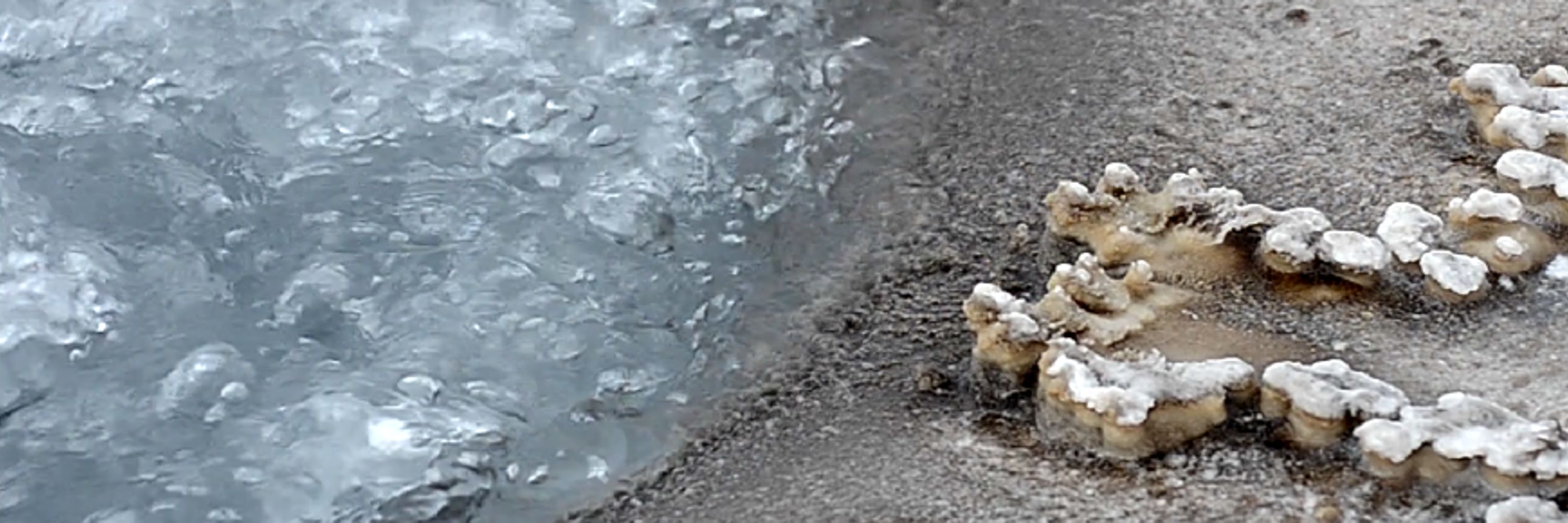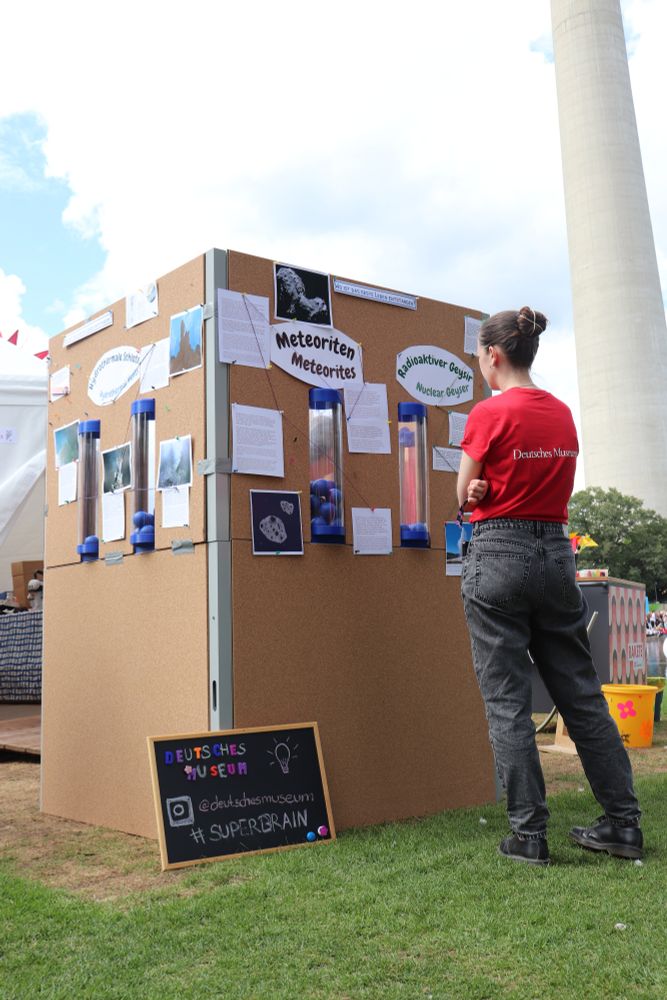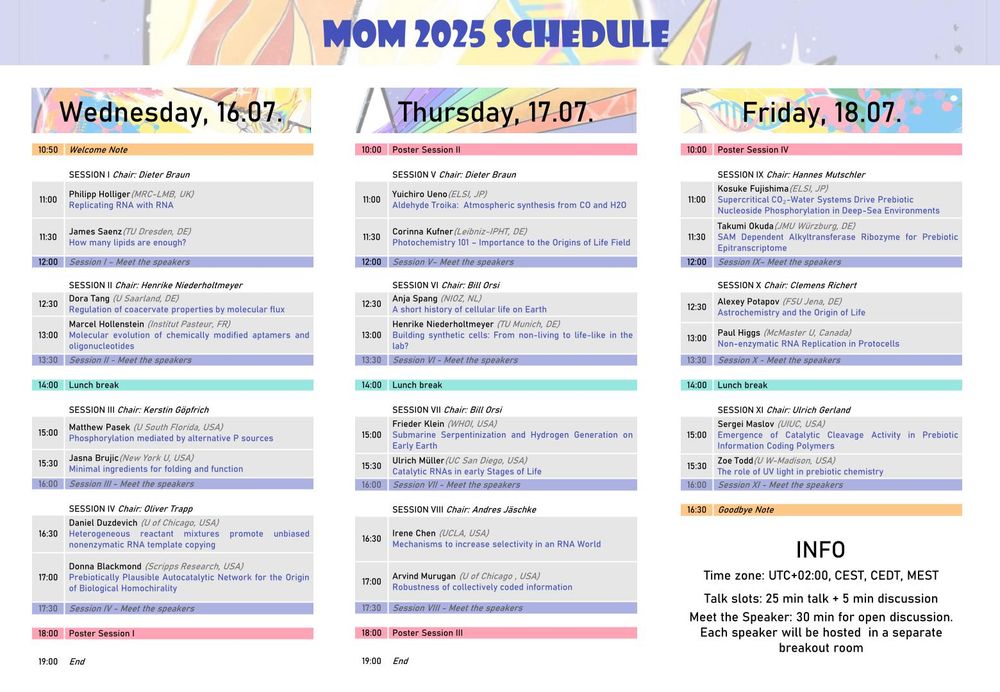CRC 392 - Molecular Evolution in Prebiotic Environments
@crc392molevo.bsky.social
85 followers
45 following
56 posts
CRC 392 Molecular Evolution in Prebiotic Environments at @lmumuenchen.bsky.social, funded by @dfg.de. Continuing the work of CRC 235 Emergence of Life.
Impressum: https://tinyurl.com/4uyc4sfs
Posts
Media
Videos
Starter Packs
Reposted by CRC 392 - Molecular Evolution in Prebiotic Environments






























